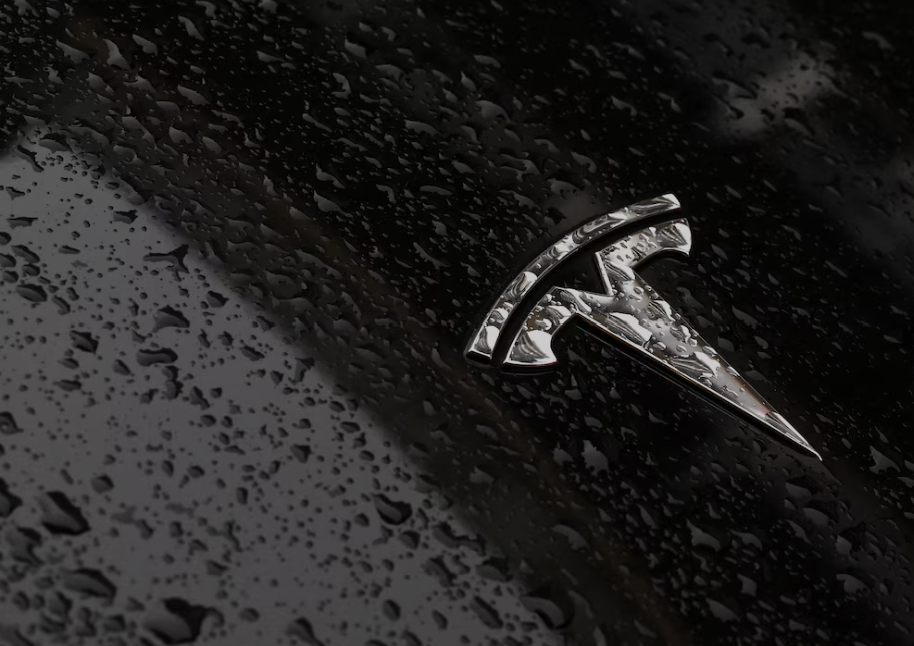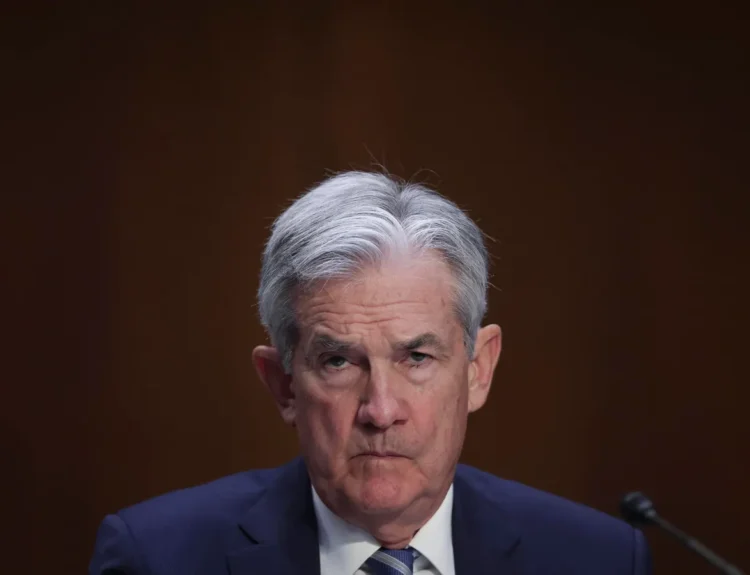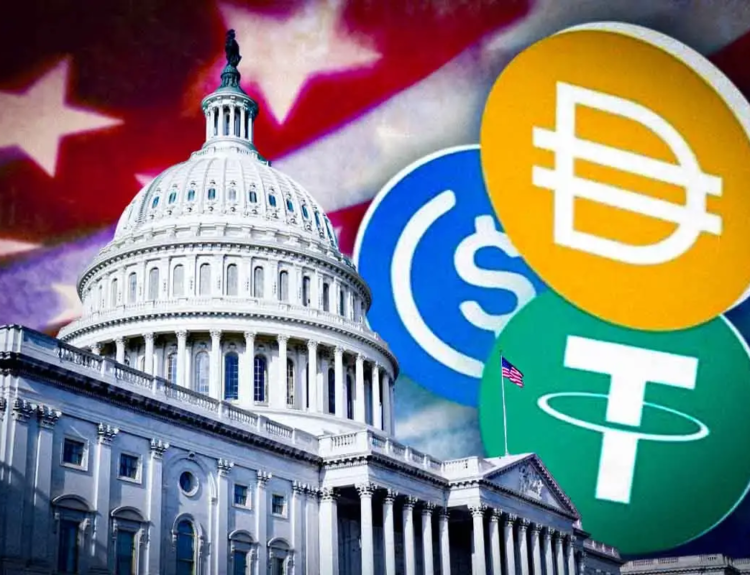Elon Musk’s Tesla is facing a rare convergence of threats: disappearing regulatory credits, fierce Chinese competition, political headwinds, and a faltering stock.
Furthermore, media and analysts are growing increasingly pessimistic about Tesla’s future. From regulatory revenue collapse to growing Chinese competition, many are asking whether Elon Musk’s empire is entering a long decline.
Here’s what they’re saying — and why Tesla’s next moves could define its survival.
The Collapse of Regulatory Credit Revenue
For years, Tesla profited handsomely from selling regulatory credits to automakers that failed to meet emissions targets. Those days are ending.
President Trump’s new tax and spending bill eliminates the need for these credits entirely. Starting in 2026, automakers will no longer be fined for failing to meet emissions targets, wiping out demand for Tesla’s credits.
“These regulatory credit sales are the reason that Tesla exists today,” said analyst Gordon Johnson.
Here’s how Tesla’s ZEV credit revenue is trending:
Sales Are Slipping, Incentives Are Rising
Tesla’s automotive revenue fell again in Q2 2025, with deliveries down ~14% year-over-year. This comes as tax credits are expiring and Chinese EV brands dominate on pricing and features.
To fight back, Tesla is offering:
- 0% financing
- Zero-down lease offers
- Massive inventory discounts
Despite these moves, Tesla’s free cash flow missed by $200M in Q2. And the company didn’t issue any guidance for FY25 deliveries—an unusual omission that spooked analysts.
Musk Bets the Farm on Autonomy
On the earnings call, Elon Musk admitted that Tesla may face “a few rough quarters” due to tax credit losses. But his focus remains fixed on autonomy:
“Once you get to autonomy at scale in the second half of next year… I’d be surprised if Tesla’s economics aren’t very compelling.”
Tesla’s strategy now hinges on:
- Expanding robotaxi services beyond Austin to San Francisco (with safety drivers)
- Launching a cheaper EV (really just a stripped-down Model Y)
- Scaling the Optimus humanoid robot by 2026
But there are problems:
- Tesla has no autonomous testing permit in California
- The “affordable EV” is not new—just a de-featured Model Y
- Robotaxi rollout timelines are vague and shifting
China: A Small Win in a Bigger Battle
In a state-run test by CCTV and Bytedance’s Dcar, Tesla’s Model 3 and X outperformed Chinese EVs from BYD, Huawei, and Xiaomi in assisted driving scenarios.
However, Chinese brands offer similar tech for free, while Tesla charges ~$9,000. And due to data export laws, Tesla can’t train its AI in China, limiting its future competitiveness.
Despite the test win, Tesla’s China sales are down quarter-over-quarter. BYD and Xiaomi are aggressively taking market share.
Trump’s Quiet Offer to Elon Musk
According to reporting by AP News, President Donald Trump made a behind-the-scenes pitch to Elon Musk earlier this year: stay neutral in the 2024 election, and in return, expect regulatory relief.
Sources familiar with the discussions say Trump promised to ease restrictions that have burdened Tesla and potentially blocked the company’s expansion in key states and overseas markets. The offer was never made public by either party, but it reflects just how politically intertwined Tesla’s fate has become, with the company now sitting at the center of both policy favors and partisan tensions.
While Musk has not confirmed the offer, the timing of Tesla’s pivot, particularly its scaling back of political commentary and renewed focus on autonomy — suggests that the automaker may be recalibrating its strategy in a post-tax-credit world, possibly aligned with Trump’s deregulatory vision.
Analysts and Investors Are Split
Tesla stock has fallen 24% YTD, and sits 37% below its all-time high. Regulatory credit collapse, sliding margins, and delivery uncertainty have divided Wall Street:
Meanwhile, Cathie Wood’s ARK ETFs bought 143,190 TSLA shares post-earnings, betting big on autonomy and recovery.
| Firm | Rating | PT ($) | Key Takeaways |
|---|---|---|---|
| TD Cowen | Buy | 374 | Q2 was in-line. AV progress significant despite EPS headwinds. Tactical Buy maintained. |
| Benchmark | Buy | 475 | Revenue/earnings/margins slightly beat. Focus on autonomy, AI, energy. Key catalysts: affordable EV, robotaxi, Optimus. |
| Stifel | Buy | 450 | Neutral Q2. Robotaxi launch, cheaper EV ramp, cost improvements. FSD/robotaxi are core value. |
| Piper Sandler | Overweight | 400 | Despite ~5% drop, results solid. Misread vehicle comments. FSD expansion in 2026 outweighs short-term worries. |
| Mizuho | Outperform | 375 | In-line Q2. Auto GM strong. H2 may improve. EV subsidies expiring. Positioned well in AV/robotics. |
| Cantor Fitzgerald | Overweight | 355 | Mild beat on rev/margin, FCF miss. Encouraged by lower-cost EV, Cybercab, FSD rollout. Robotaxi city expansion in Q4 key. |
| Canaccord Genuity | Buy | 333 | PT raised to $333 (38x 2027E EPS). Long-term potential in EV, AI, energy justifies premium. |
| Barclays | Equalweight | 275 | AI story intact, but fundamentals choppy. EV credit loss, credit drop, delayed models = short-term pressure. |
| Oppenheimer | Perform | N/A | Auto GM better than expected. Lacks detail on xAI, Optimus. Delaying cheap model post-subsidy is prudent. Waiting for clearer AI monetization. |
| Truist | Hold | 280 | Rev/EPS in-line. Tariffs + credits will pressure coming quarters. Lacked detail on FSD, Optimus, Dojo. |
| Baird | Neutral | 320 | Slight beat. Energy business strong. Robotaxi timeline firm, Optimus delayed. Concerns over prolonged delays. |
| UBS | Sell | 215 | Challenged outlook: EV credit loss, brand issues, Y-based new models. FY26 EPS cut 18%. Progress in AV/humanoids, but pressure remains. |
| HSBC | Reduce | 120 | 11th EBIT miss in 12 quarters. Structural problems: aging lineup, competition, brand. Slashed FY25/FY26 OP forecasts by 27%/23%. |
The Bottom Line: Robotaxis or Bust
Tesla isn’t going bankrupt. But the runway is shortening. Here’s where things stand:
- Lifeline credit revenue gone by 2027
- Deliveries declining despite aggressive pricing
- Robotaxi, FSD, Optimus remain unproven
- China challenges deepen
- Stock slipping as confidence wavers
Tesla isn’t going out of business — yet. But its core financial engine (regulatory credits) is disappearing fast, sales are softening, and Musk’s controversial political involvement isn’t helping.
The robotaxi dream remains the company’s biggest bet. If autonomy fails to scale by late 2026, Tesla could face even steeper declines.
For now, the only sure thing is volatility.
Disclosure: This article does not represent investment advice. The content and materials featured on this page are for educational purposes only.
Related: Tesla Suffers Worst Revenue Crash in Over a Decade — Musk Warns of ‘Rough Quarters’ Ahead
Sources: Reuters, CarsDirect, InsideEVs, Investor’s Business Daily, Reuters, CNN, AP News.










